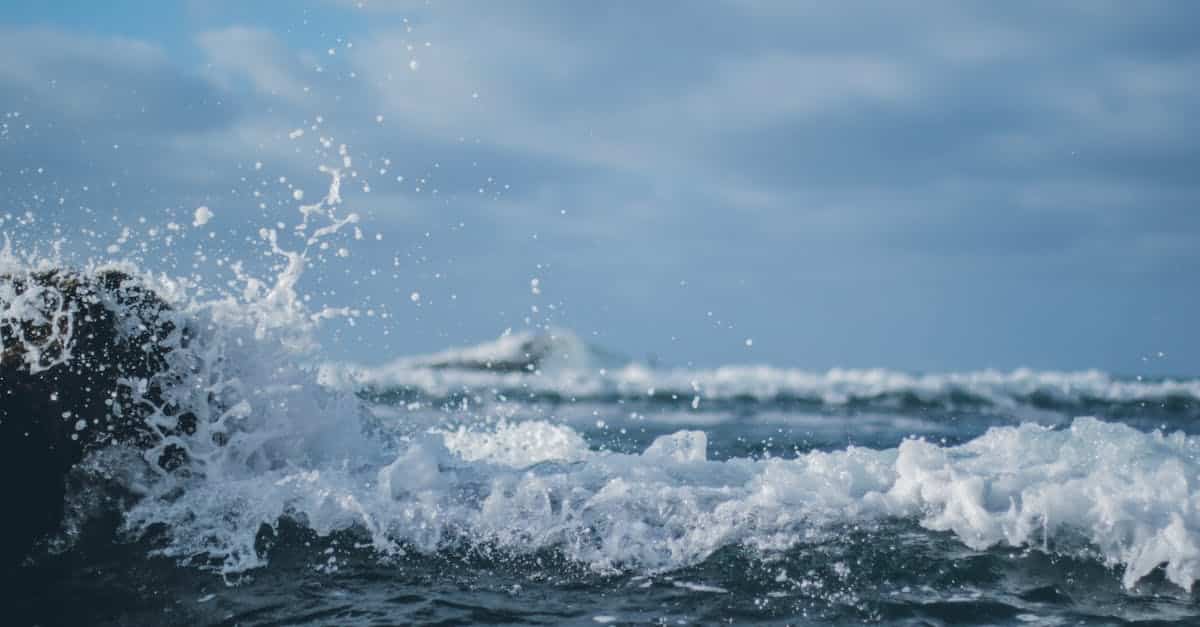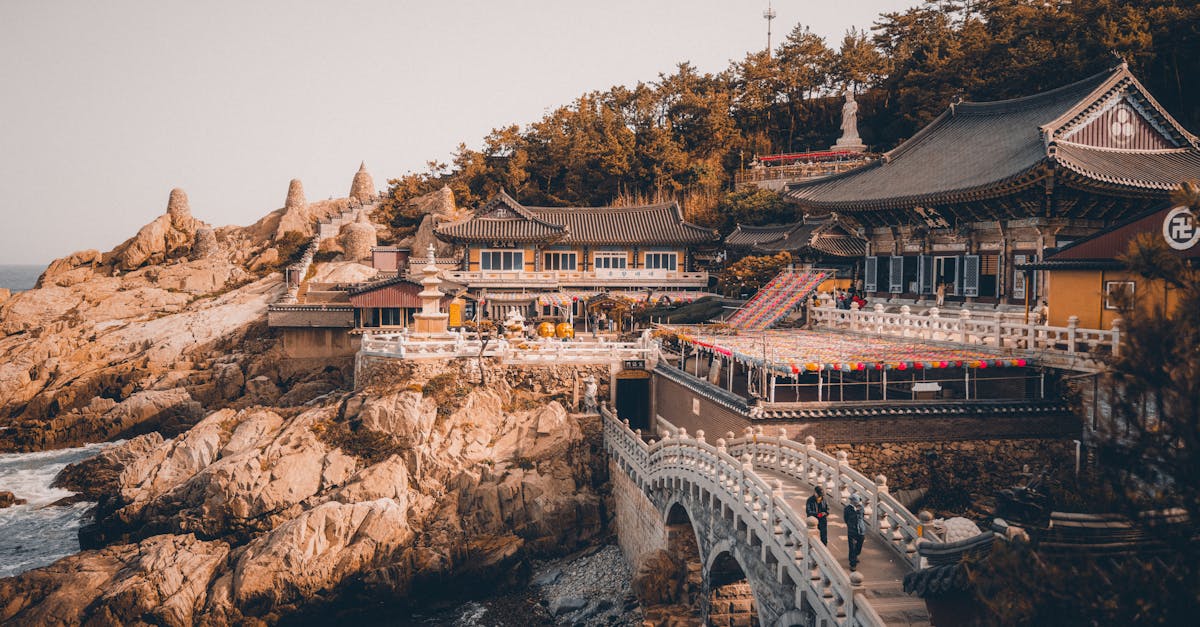|
IN BRIEF
|
On the enchanting island of Cuba, where the rhythm of salsa music echoes around every corner and the warmth of the sun caresses the soul, there are beaches that seem straight out of a dream. Stretches of golden sand, lined with attractive palm trees and bathed by turquoise waters, welcome travelers in search of serenity or adventure. But behind these idyllic landscapes lie incredible secrets, forgotten tales of history and culture that deserve to be revealed. What is brewing beneath the shimmering surface of these heavenly coasts? What mysteries and wonders do the waves whisper? Get ready to dive into the heart of these dream beaches to discover the hidden treasures that Cuba has to offer.
The beaches, true jewels of Cuba
THE Cabo Verde beaches, THE turquoise ribs of Varadero and the wild beauty of Playa Paraiso reveal breathtaking landscapes, but also hide fascinating stories and mysteries that deserve to be told. In this article we will delve into the secrets of Cuban beaches, exploring their history, their biodiversity and the cultural particularities that make them unique.
Playa Varadero: A rich history
Playa Varadero, nicknamed the “jewel of Cuba”, has seen generations of visitors and residents. It is not just a beach, but a place charged with a tumultuous history. Known for its soaring palm trees and pristine white sand, Varadero was the favored choice of Cuban elites and American celebrities during the 1950s. The remains of old luxury hotels and stories of extravagant parties immerse you in a golden era when music and dance reigned supreme.
A festive atmosphere
The sound of rumbas still resonates in the bustling alleys of Varadero, where seaside restaurants offer live music performances. The beach, which stretches for more than 20 kilometers, is not just a simple relaxation area. Visitors can try their hand at snorkeling, discover incredibly preserved coral reefs, or mingle with the local population for an authentic experience.
Las Terrazas: A preserved ecosystem
Beyond the fine sandy beaches, Cuba is full of natural reserves fascinating. Las Terrazas, for example, is a sustainable development project located a few hours from Havana. This place illustrates the harmonious relationship between man and nature. Visitors can explore crystal clear rivers and lush green mountains while learning about the island’s unique biodiversity.
Diverse fauna and flora
Las Terrazas is home to an incredible variety of endemic species, some of which are threatened. Budding ornithologists will be delighted to observe the tocororo, the national bird of Cuba, known for its flamboyant plumages. Hiking trails wind through a lush landscape where each step can reveal a new secret of nature.
The mysteries of the beaches of Cayo Coco
Cayo Coco, a small island off the country’s northern coast, is known for its beautiful beaches and resorts. However, what few people know is that this region is also a sanctuary for many marine species. THE local guides will help you discover the mysteries of this region, including legends about buried wrecks and hidden treasures.
Enchanting seabed
The underwater world of Cayo Coco is just as captivating. With his coral reefs, its colorful fish and its abundant marine life, diving or snorkeling are unforgettable experiences. Both experienced and novice divers will find what they are looking for, exploring the hidden mysteries of the depths.
| Elements | Details |
| Colorful corals | The coral reefs around Cuba are home to exceptional marine biodiversity. |
| Colonial history | Many beaches bear witness to colonial history with architectural remains. |
| Natural preservation | Some beaches are protected to preserve unique local flora and fauna. |
| Music and culture | The beaches are often the scene of cultural festivities animated by local music. |
| Unique ecosystems | Mangroves and sand dunes hide rare and endangered species. |
| Diving spots | Incredible dive sites that reveal secret underwater wonders. |
| Secluded beaches | Some beaches are remote and inaccessible, offering pristine landscapes. |
- Varadero Beaches : White sand, turquoise water, and coral reefs.
- Playa Paraiso Beach : Little busy, ideal for tranquility.
- The creation of cigars : Local tradition to discover along the beaches.
- Unique ecosystem : Nature reserve near Playa Ancón.
- Archaeological sites : Indian remains hidden near certain beaches.
- Snorkeling and diving : Hidden spots offering exceptional marine biodiversity.
- Local festivals : Cultural events on the beaches in certain seasons.
- Unique wildlife : Observation of exotic birds and sea turtles.
- Creole cuisine : Local delicacies to enjoy by the sea.
- Healing properties : Sands known for their health benefits.
Playa Paraiso beach: a corner of paradise
Playa Paraiso could be considered one of the the most idyllic beaches in the world. Located on the island of Cayo Largo, it is often deserted, offering a tranquil setting away from the hustle and bustle of the seaside resorts. But beneath its apparent serenity lie many stories.
Napoleon and Playa Paraiso
There is a legend that Napoleon Bonaparte considered escaping to this beach after his defeat. His dreams of escape tell of a man seeking peace and solace, a tale you can almost feel while walking on its soft sand. Visitors let themselves be charmed by the tranquility of the place while imagining these epic stories.
Local culture and traditions
Cuba’s beaches are not just places of beauty; they are also witnesses to a rich culture and vibrant. Music, dance, and gastronomy are key elements that make each visit memorable. Colorful festivals are often held on the coastline, allowing visitors to fully immerse themselves in Cuban life.
Celebrations on the beach
Attend events such as the Fête de la Afro-Cuban culture, where drum rhythms and traditional dances captivate the audience. The craft markets held near the beaches offer visitors the opportunity to purchase souvenirs while supporting the local economy.
The underwater mysteries of Cuba
Cuba is surrounded by stunningly clear seas that hide underwater treasures. The turquoise waters not only offer stunning views, but they are also the refuge of many underwater archaeological sites. These sites, vestiges of ancient civilizations, are a real playground for archaeologists and divers.
Historic wrecks
Wrecks of ships sunk in historic battles can be explored, and divers can embark on adventures while learning about Cuba’s maritime history. These explorations are not only captivating for history buffs, but also for those seeking to understand the impact of treaties and conflicts on the island’s development.
Remarkable ecological initiatives
With growing awareness of environmental issues, Cuba has implemented several ecological initiatives to protect its precious beaches. These projects aim to preserve biodiversity while providing ways for visitors to experience the natural beauty of the island.
Sustainable tourism
Some Cuban beaches have turned to the sustainable tourism, offering environmentally friendly activities. Kayak tours and beach cleanup programs allow visitors to actively participate in the preservation of marine and coastal ecosystems.
Legends of Cuban beaches
Cuba’s beaches are often the scene of myths and legends. Tales of mermaids, lost treasures and ghosts haunt these shores, adding a touch of mystery to their beauty. Locals often share these stories over a glass of rum, creating a friendly and captivating atmosphere.
Mermaid stories
Mermaids, sometimes described as seductive creatures, are an integral part of Cuban popular culture. Old legends say that these enchanted beings appear to sailors seeking fortune, luring them to dangerous reefs. These stories, passed down from generation to generation, make starry nights by the beach even more captivating.
Beaches, sanctuaries of peace
Finally, Cuba’s beaches are much more than just a place to swim. They are peace sanctuaries, places where the soul finds refuge. Visitors come not only for the beauty of the landscapes, but also to reconnect with nature and themselves. The melody of the waves, the scent of the salt, and the gentleness of the wind make every moment spent on the shore a real oxygen bath.
Spiritual retreats
For those seeking serenity, yoga and meditation retreats are emerging along the beaches. These practices offer visitors moments of reflection and introspection, strengthening the connection between body and mind. Each session by the water then becomes a transformative experience, a precious moment to cherish.
Frequently Asked Questions
Cuba’s beaches are renowned for their white sand, crystal clear waters and breathtaking natural landscapes. Destinations like Varadero and Holguín attract visitors from all over the world with their beauty and water activities.
Yes, Cuba is full of lesser-known beaches, like Playa Ancón or Playa Paraiso, which offer tranquility and natural beauty often overlooked by tourists.
Cuban beaches offer numerous water activities such as scuba diving, snorkeling, kayaking, and even windsurfing, allowing visitors to experience the island’s rich marine life.
The best time to visit Cuba is from December to April, when the weather is dry and sunny, ideal for enjoying beaches and outdoor activities.
Near the beaches, it is recommended to taste Cuban specialties such as grilled fish, congri (rice and beans) and rum-based cocktails, which are famous on the island.




